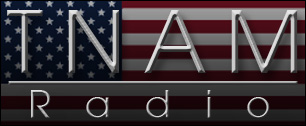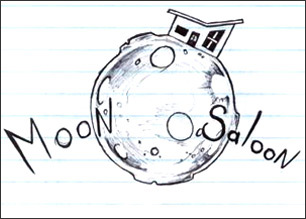Tension is the word that most defined the Trump rally in Dayton on Saturday. From the moment I parked my car in the parking lot, to the minute that I left the airport hangar, tension was present. Mr. Trump’s event had the atmosphere of an especially angry hockey match, or a particularly heated baseball rivalry matchup. Tension was on the tip of Mr. Trump’s tongue, and it could be seen on the faces of many in the crowd. The dozens of police and Secret Service agents had a simalar impact of hockey refs. The “authorities” knew they would be spending the match picking people out of scrums and leading them to the penalty box. Even the media seemed to be salivating in the anticipation of conflict.
When Mr. Trump made his appearance in the airplane hangar, the pressure continued to build. Trump began his remarks by discussing the protest activity that had cancelled his Chicago event. After he said that the rally was cancelled because of deliberate efforts on the part of Bernie Sanders’ campaign, the boos and jeers were far lustier and menacing than I’ve ever heard at any sporting event. Conversely, when that crowd cheered Trump, they cheered with a passion and energy that rivaled the most intense and heated sports fans.
While Trumps speech danced like a particularly effective knuckleball, the crowd listened intently, while also simultaneously on the lookout for any signs of trouble. Sure enough,…conflict came. At first, the protesters were just a minor irritant. The first heckler was a particularly rotund specimen, who walked to the back of the gathering, shouted “Bernie Sanders 2016” several times, and ran out of the hangar with a few police in pursuit. Subsequent protesters were far less innocuous, most notable among them being the man who jumped over a barricade and attempted to get at Trump. The scene elicited memories of Robert Kennedy and George Wallace. The last two protesters were met with pushing and shoving from members of the crowd, who at this point were far less tolerant and were prepared to meet any subsequent disorder on their own terms, and protect their candidate.
Trump’s campaign, message, and strategy are an aberration from American cultural norms. In 2016, a year where violence is in many places at an all time low, his campaign seems to contrast a society increasingly averse to overt conflict. At a time when virtually all sports leagues (even the NFL!), governments, and universities are punishing disorder with ever more punitive sanctions, Mr. Trump stands alone as someone who promotes disorder as a political tool. Whether George Soros, MoveOn.Org, ThinkProgress, BlackLivesMatter, or average American citizens are behind the disruptive protests, we know for certain that candidate Trump has outsourced his security team to his followers, and has even offered to pay for their legal fees. We’re only in March, and with six months until Election Day, the conflicts at these rallies may be the most important development of the 2016 campaign.
Philip Seper is supporting Bernie Sanders in the 2016 Presidential campaign, and he can be reached at: philip.seper@gmail.com



